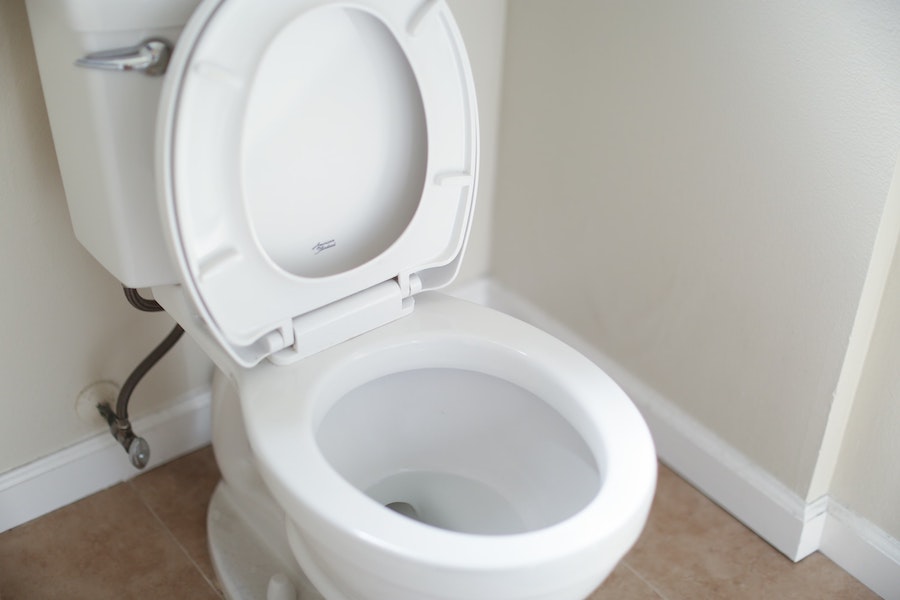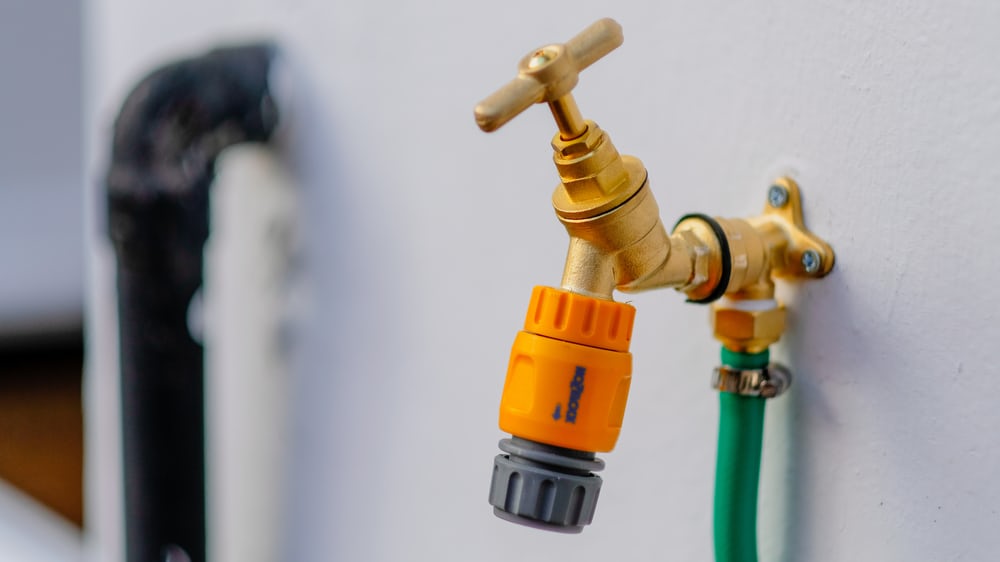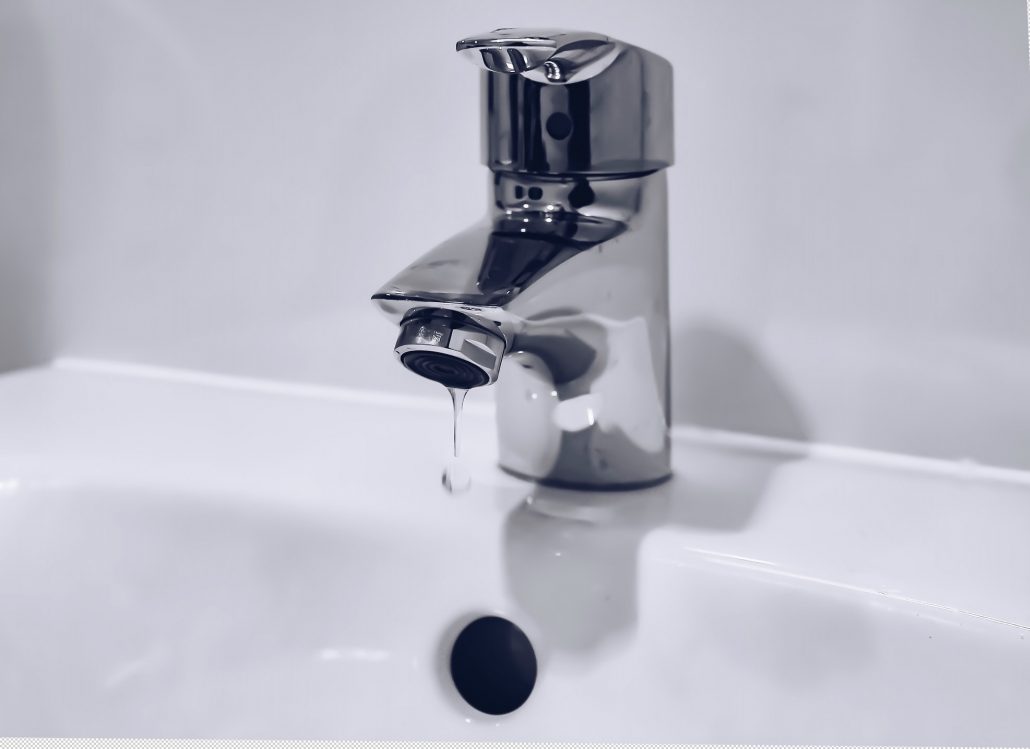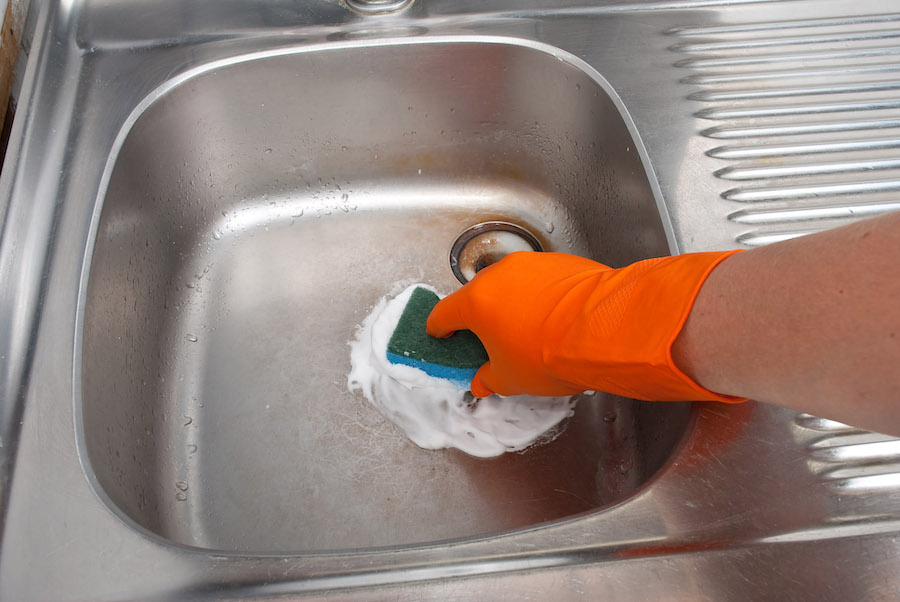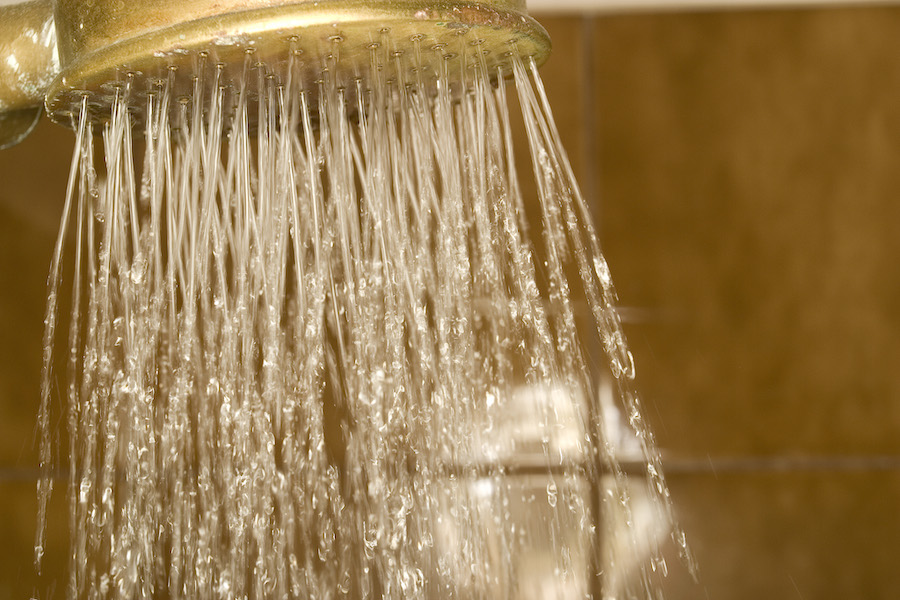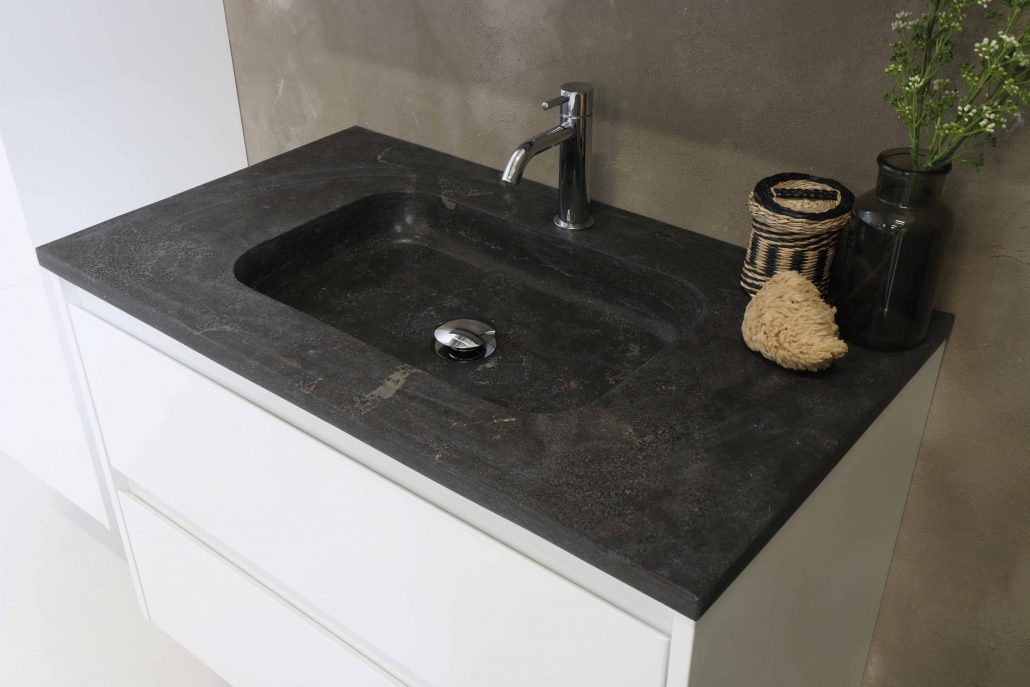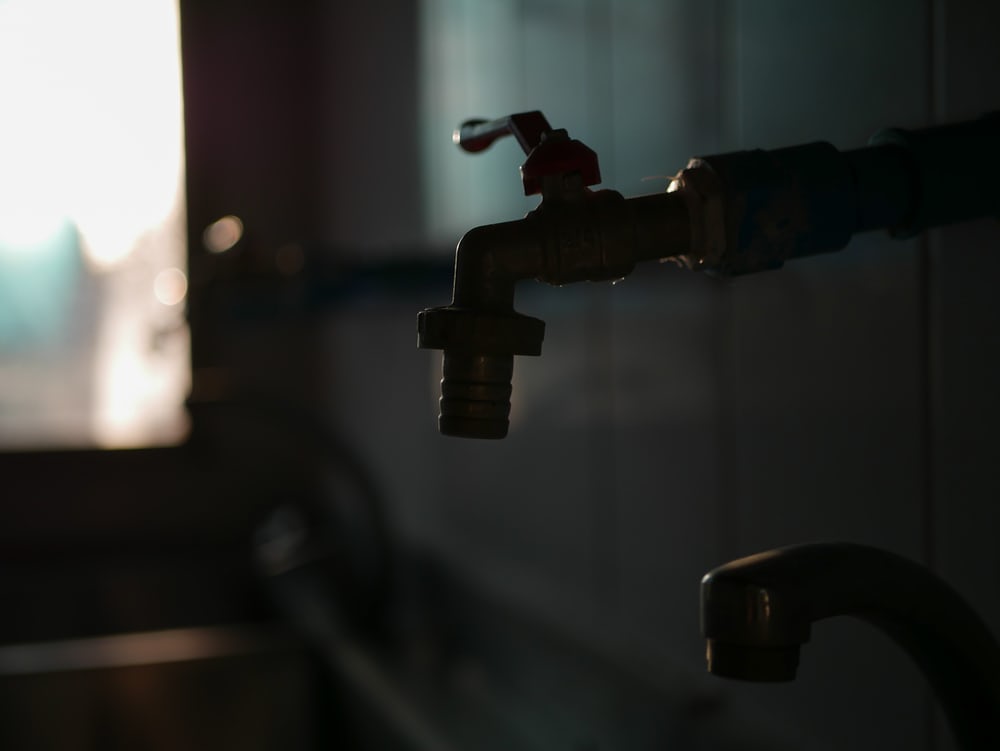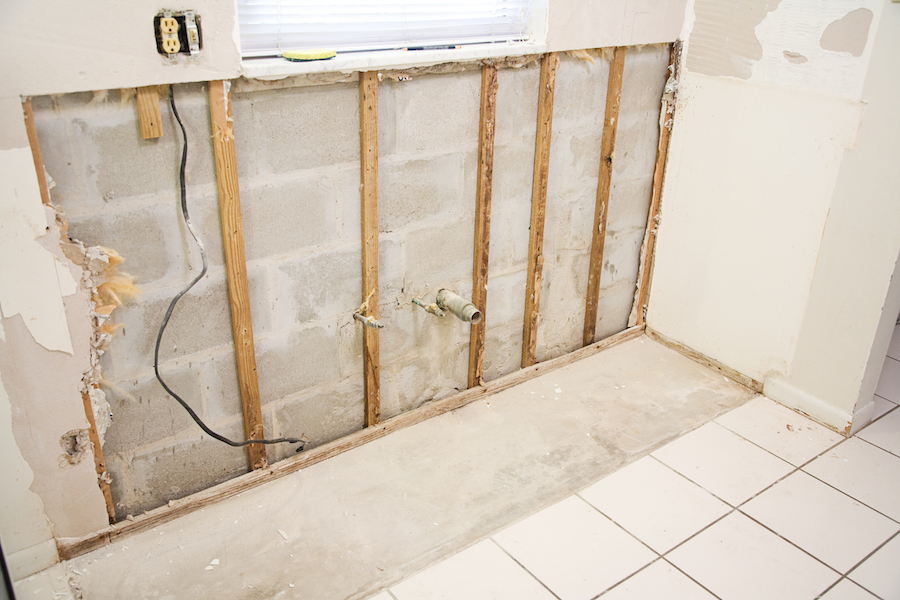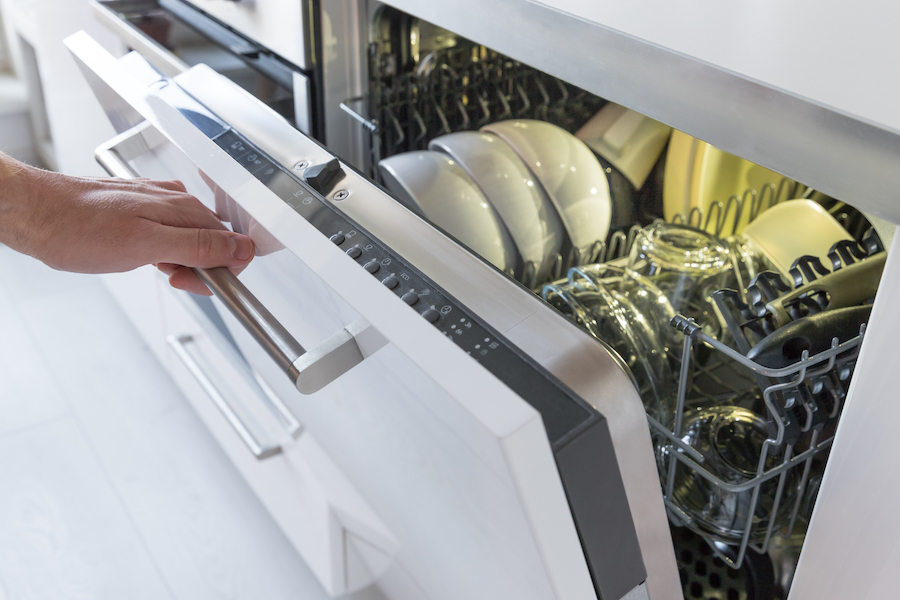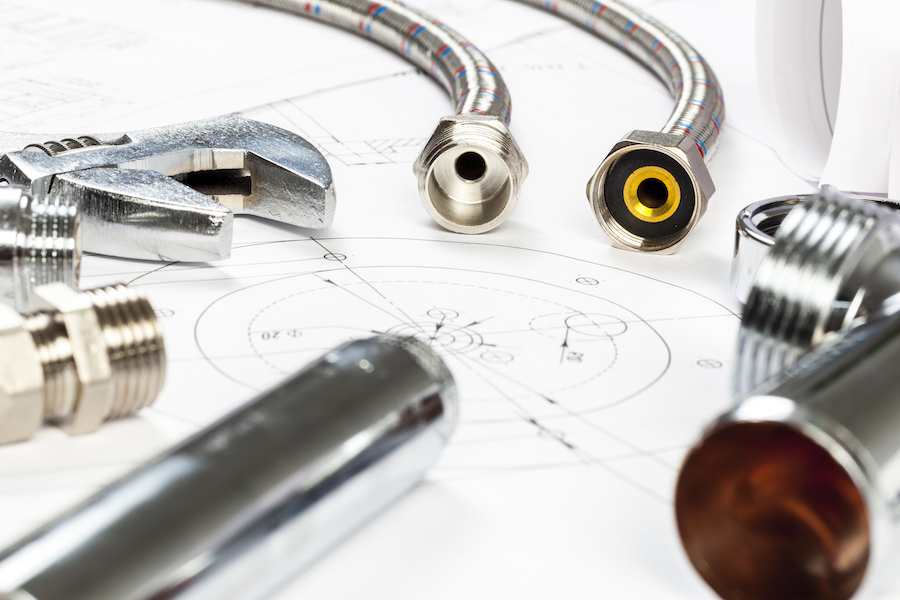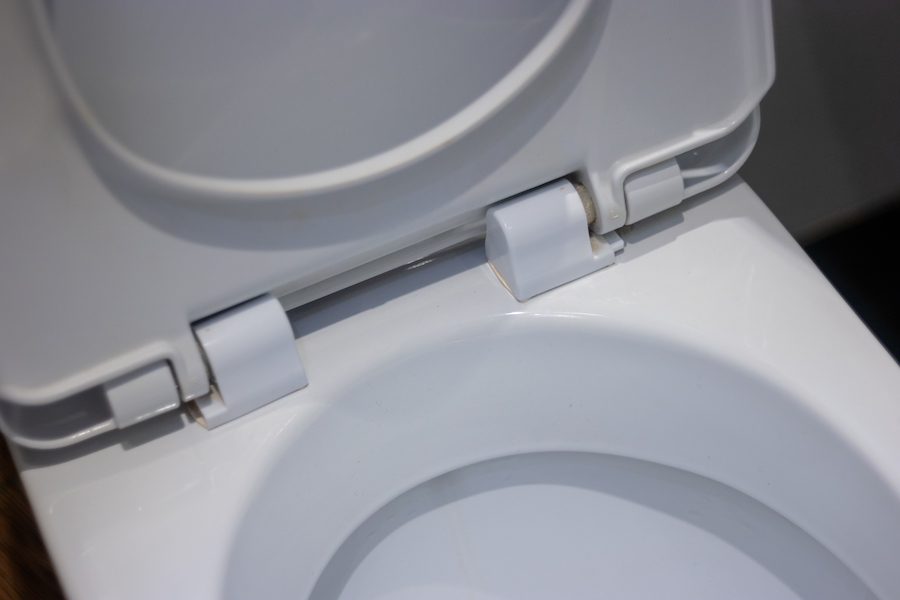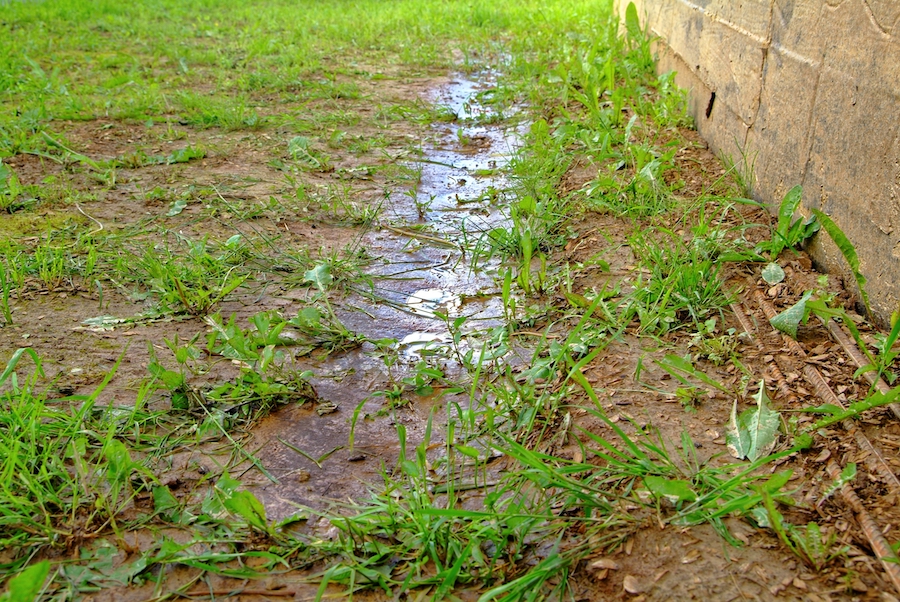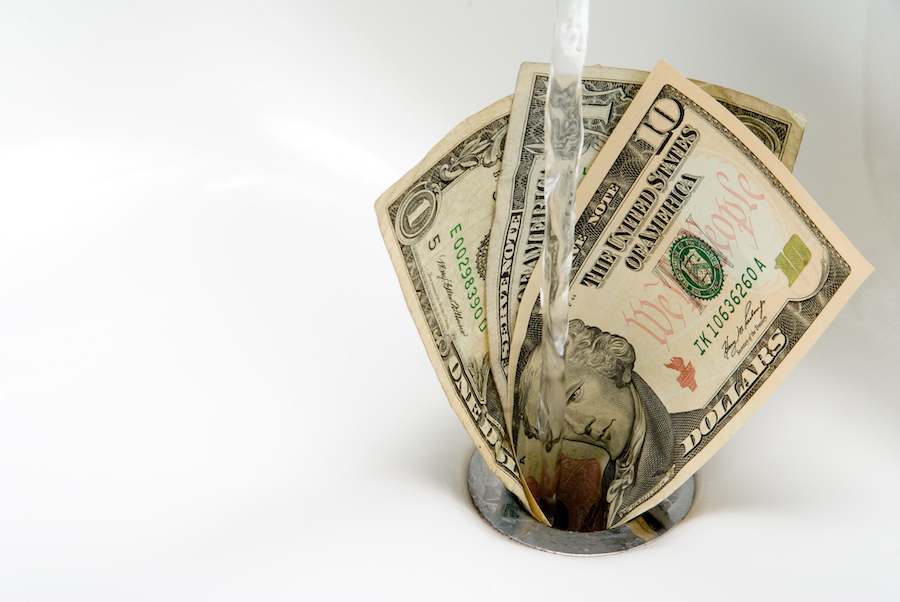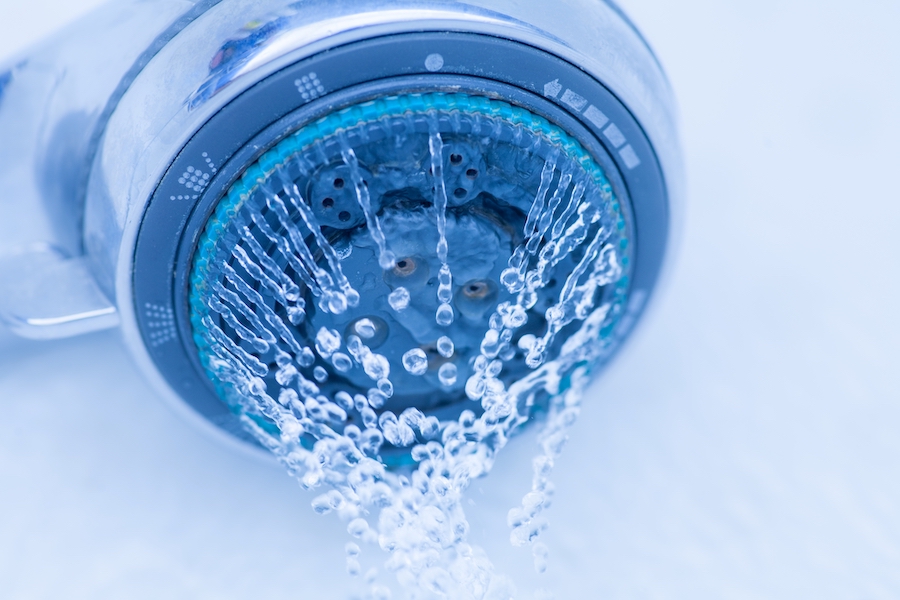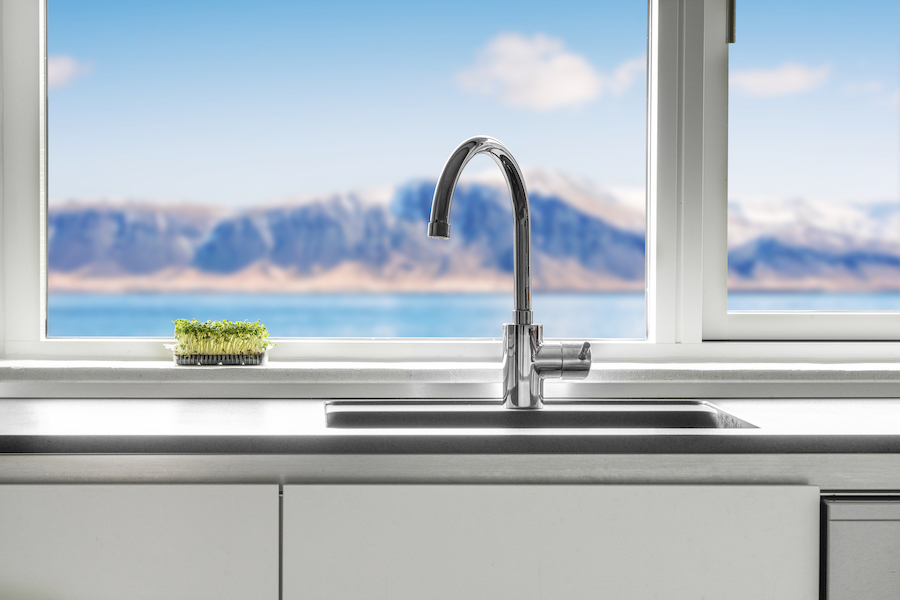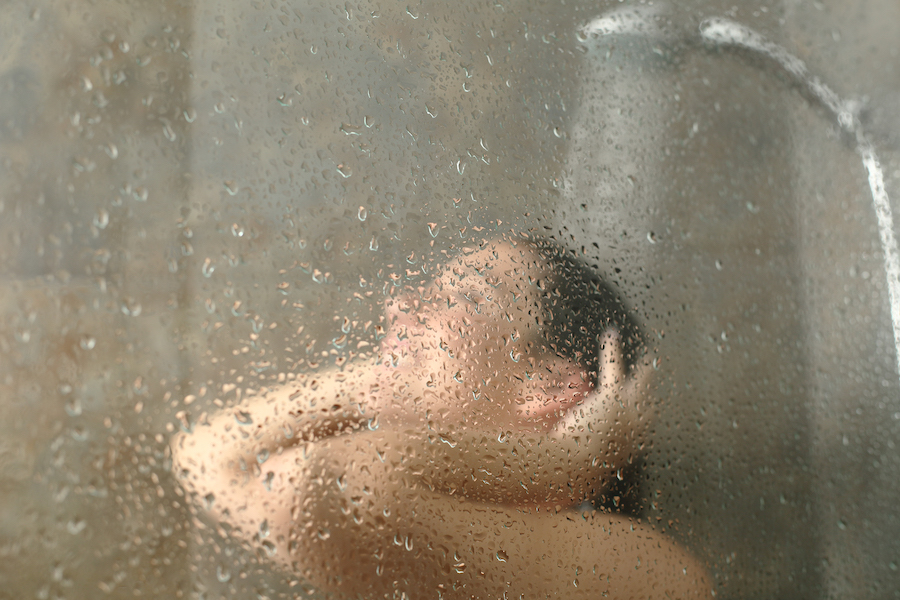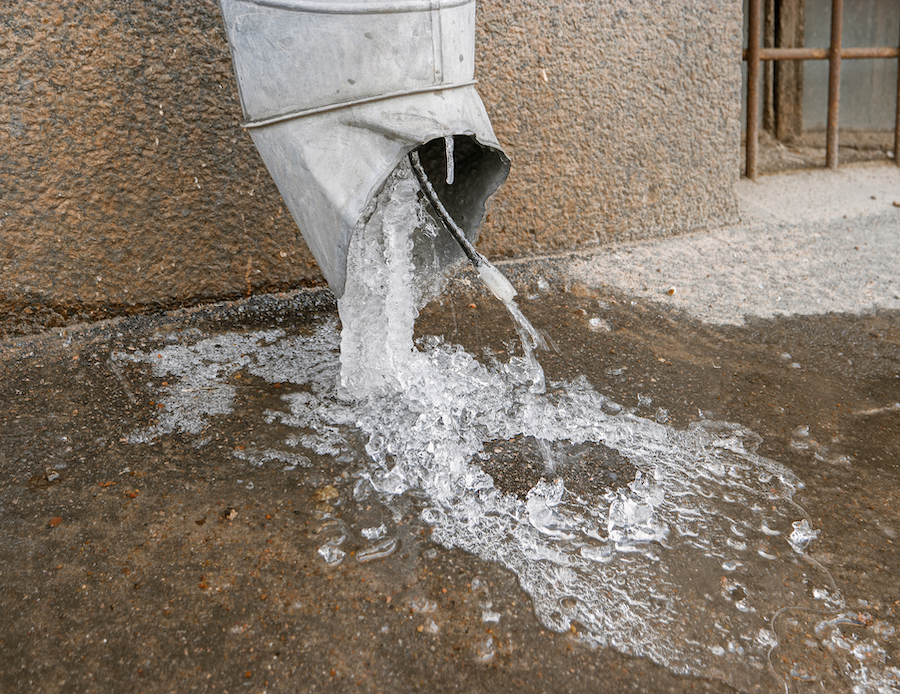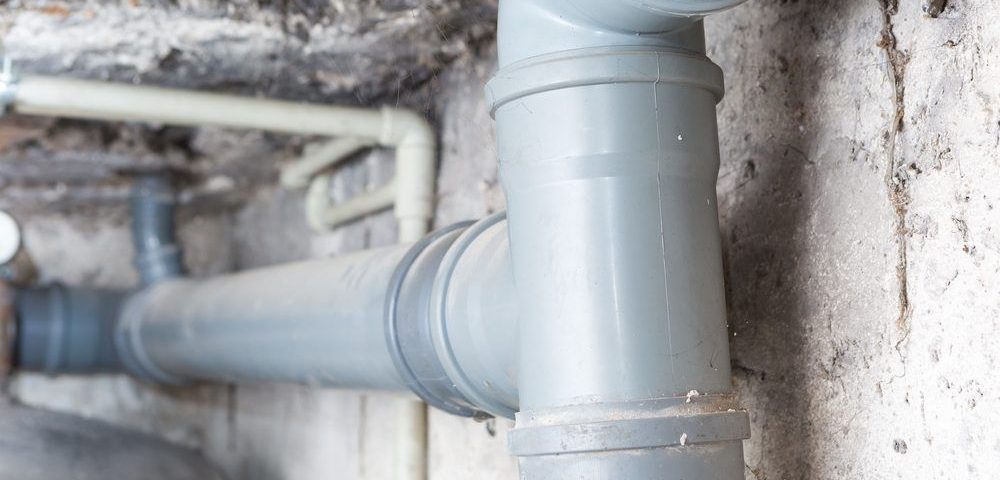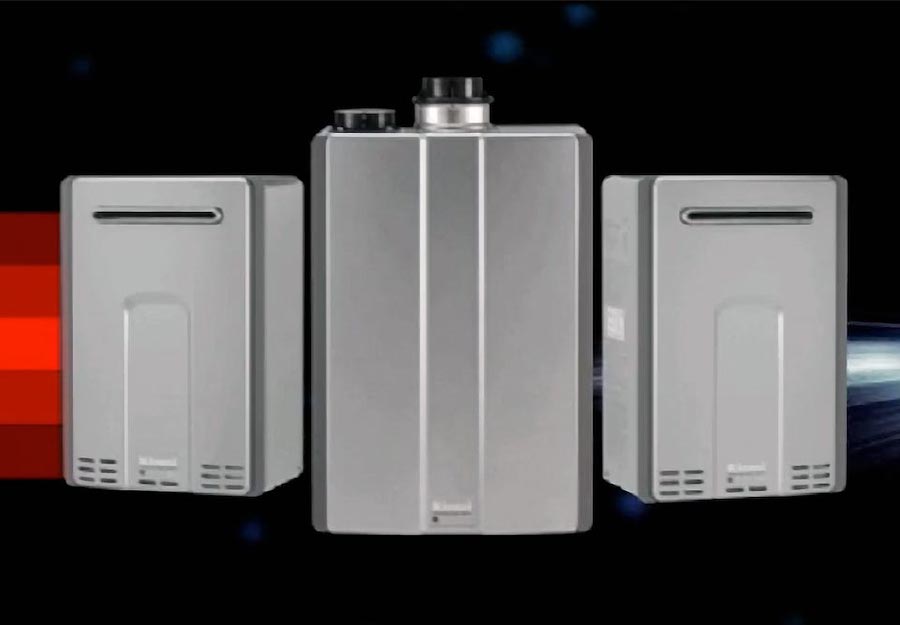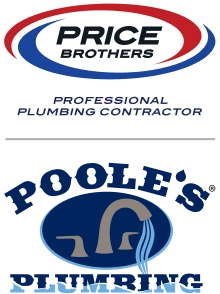When is it Time to Replace Your Toilet?
In many cases as homeowners, we don't really put much thought into our plumbing until we notice something is wrong. A drip from a faucet, a wet spot under the sink, or for the purposes of this article, some type of issue with the toilet. Each of these is things that can draw our attention in a hurry, but in the case of the toilet, it is not necessary to wait for a crack or a leak. Thus, in this post, your friends at Poole's Plumbing will go through several things to keep an eye on with this bathroom plumbing appliance. That way, you will know before a major occurrence when it is Time to Replace Your Toilet.
Referring back to the introduction to this post, there are certainly times when water is visible or the unit won't flush, where you know there is some type of issue with your toilet. However, we have listed five things regarding your toilet that you can easily check on at home. If upon checking, any of these are visible, then rather than waiting for a problem, you can Replace Your Toilet, and in the long run, be sure you save yourself from a more serious problem.
Five Things that Tell You It's Time to Replace Your Toilet.
1) You Notice Cracks in the Toilet's Tank
This is one thing that if you notice it, you would probably already think it's time to Replace Your Toilet. But, just to review, you may see water frequently leaking or in puddles around your toilet. This means there is a crack in your tank somewhere. There is only one solution to this, and it is to Replace Your Toilet.
Even if you don't actually see the cracks, when you notice the pooling of water, contact us at Poole's Plumbing. We can advise or come out and inspect the situation. Likewise, we also can Replace Your Toilet for you and end the leaking once and for all.
2) The Toilet in Your Home is Old.
Think back and think hard. We say this because regardless of even if your toilet is in perfect working order if it is too old, you will want to Replace Your Toilet.
The cut-off date that makes one's toilet outdated is 1994. This is because, since that year, federal regulations have made toilets much more water-efficient. Thus, the older model that you have, even if working fine is bad for both the environment and your water bills, too. Since you would. be going to Replace Your Toilet anyhow, we'd recommend looking for one with dual-flush technology for the replacement. These types are very common and save water, and thus they save you too, with each flush.
3) Wobbling or Unsteady Toilet
One thing to know right off the bat is an unsteady or wobbling toilet is never normal. Thus, when you sit down and notice this is going on, it is a good time to Replace Your Toilet.
Sure, the fix this time may just be as simple at first as tightening a few bolts. However, don't forget the flooring under that wobbling toilet could be soaked and saturated. Either way, when you feel the wobble, it's a good time to Replace Your Toilet.
4) Repairs are Becoming Commonplace
Another item that may seem to be common sense but is a telltale sign that it's time to Replace Your Toilet. If you are having problem, after problem, after problem with your toilet....god chance that pattern is never going to stop.
So, even if the smaller fixes are cheaper, in the long run, you are just going to continue being met with more and more small problems until they add up to a large one. It is well worth the extra initial investment, in this case, to simply Replace Your Toilet.
5) The Toilet in Your Home Still Has A Round Bowl
Much like when we discuss the age of your toilet above, the units with a round bowl are becoming more and more outdated. We know, if your toilet is in fine, working order you may not even think of a replacement. However, there are a few reasons that changing to an oblong bowl is a good reason to Replace Your Toilet.
For starters, since the toilet model has evolved, one area of focus is comfort. Thus, a move to Replace Your Toilet from round bowl to oblong is roomier and more comfortable for sure. Additional reasoning is that they stay cleaner than the round bowl models. Likewise, they allow fewer odors to escape, which is always a good thing.
Let the Most Trusted Name in Raleigh Plumbing Replace Your Toilet
If you do look at any of these areas and think, "Hey, it’s time" to Replace Your Toilet...we got u covered. Just contact the most trusted name in Raleigh plumbers, Poole’s Plumbing. We can analyze, advise, and Replace Your Toilet as well. To reach us at Poole's, visit poolesplumbing.com.

